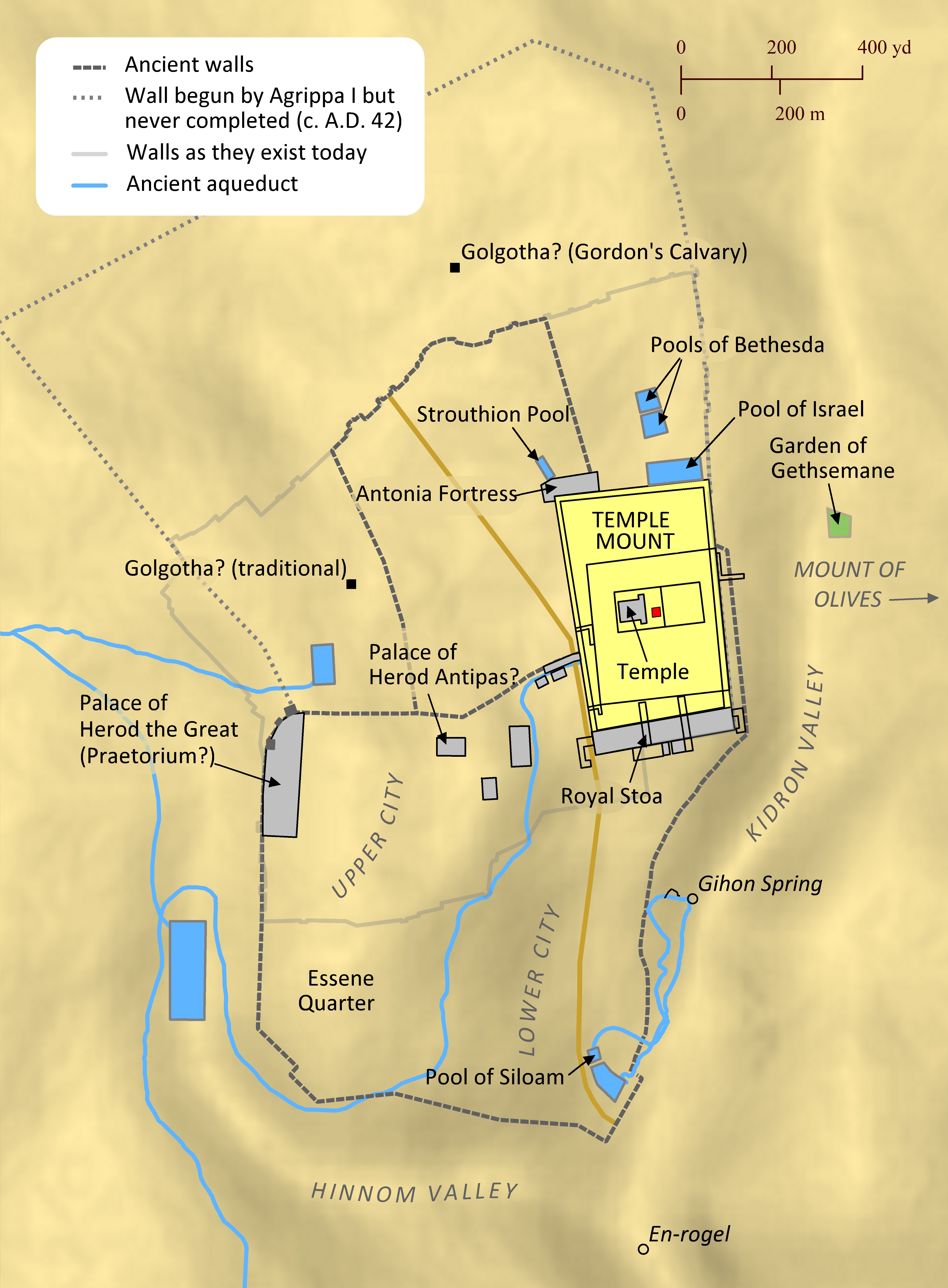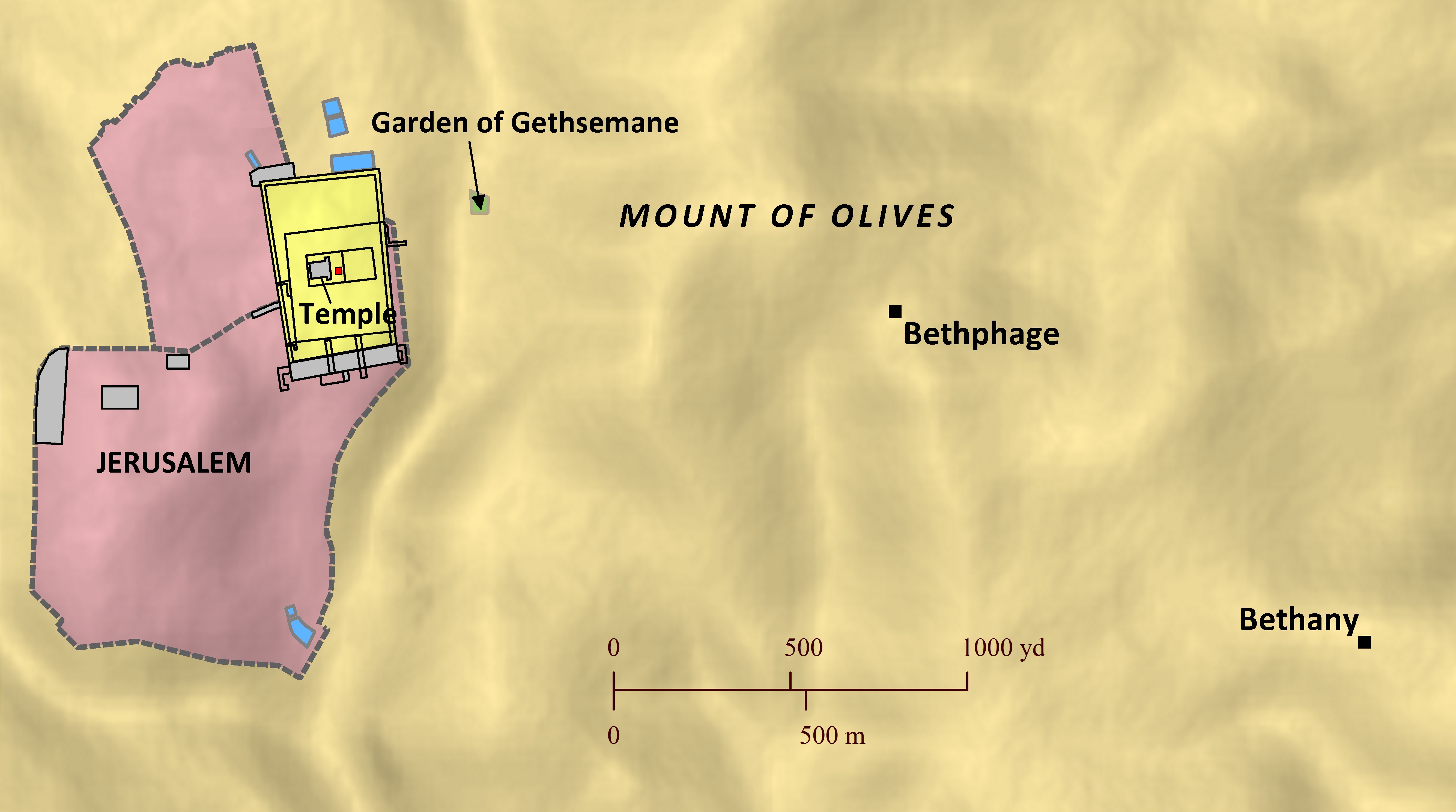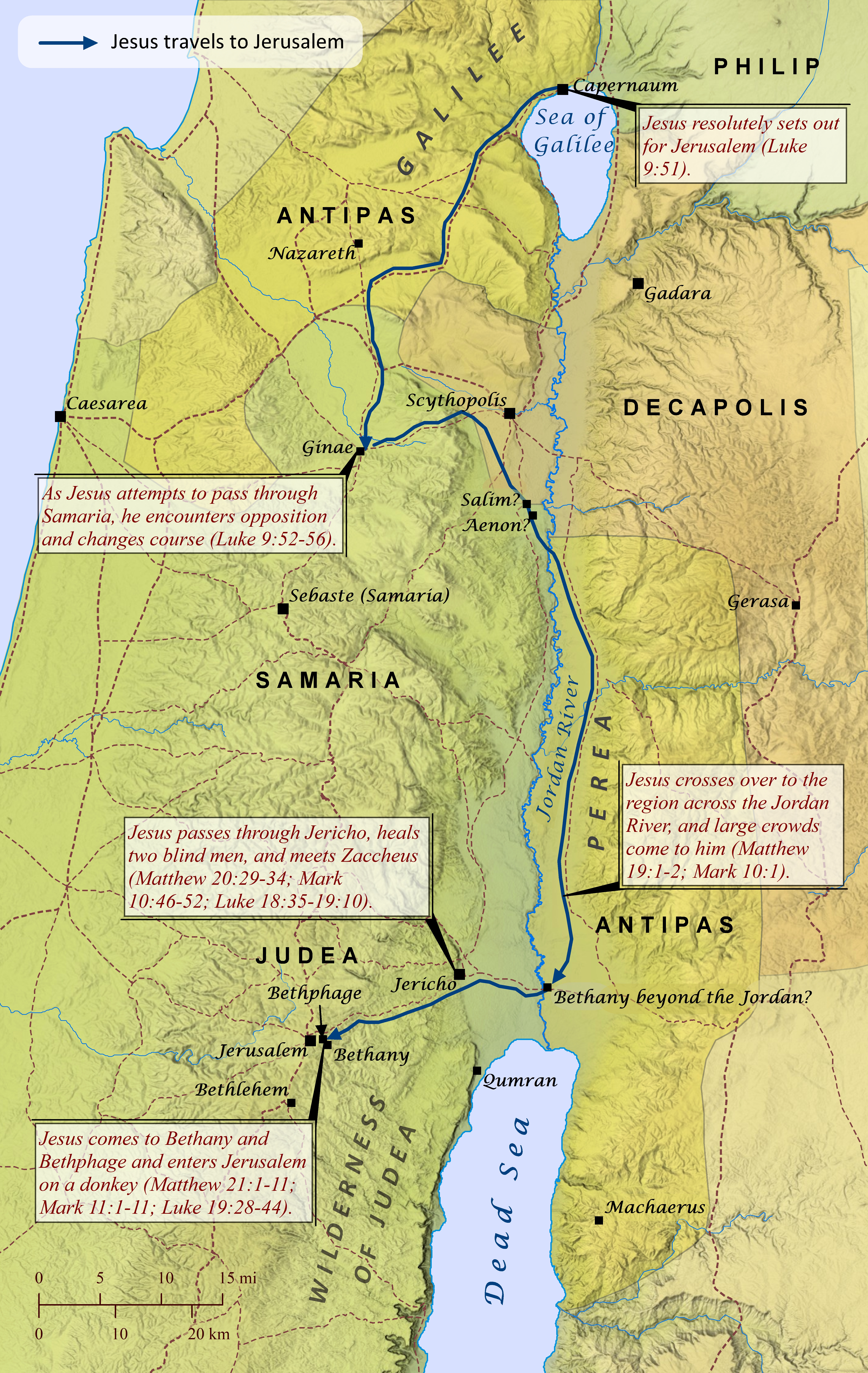Open Bible Data Home About News OET Key
OET OET-RV OET-LV ULT UST BSB MSB BLB AICNT OEB WEBBE WMBB NET LSV FBV TCNT T4T LEB BBE Moff JPS Wymth ASV DRA YLT Drby RV SLT Wbstr KJB-1769 KJB-1611 Bshps Gnva Cvdl TNT Wycl SR-GNT UHB BrLXX BrTr Related Topics Parallel Interlinear Reference Dictionary Search
ParallelVerse GEN EXO LEV NUM DEU JOB JOS JDG RUTH 1 SAM 2 SAM PSA AMOS HOS 1 KI 2 KI 1 CHR 2 CHR PROV ECC SNG JOEL MIC ISA ZEP HAB JER LAM YNA (JNA) NAH OBA DAN EZE EZRA EST NEH HAG ZEC MAL LAO GES LES ESG DNG 2 PS TOB JDT WIS SIR BAR LJE PAZ SUS BEL MAN 1 MAC 2 MAC 3 MAC 4 MAC YHN (JHN) MARK MAT LUKE ACTs YAC (JAM) GAL 1 TH 2 TH 1 COR 2 COR ROM COL PHM EPH PHP 1 TIM TIT 1 PET 2 PET 2 TIM HEB YUD (JUD) 1 YHN (1 JHN) 2 YHN (2 JHN) 3 YHN (3 JHN) REV
Luke Intro C1 C2 C3 C4 C5 C6 C7 C8 C9 C10 C11 C12 C13 C14 C15 C16 C17 C18 C19 C20 C21 C22 C23 C24
Luke 19 V1 V3 V5 V7 V9 V11 V13 V15 V17 V19 V21 V23 V25 V27 V29 V31 V35 V37 V39 V41 V43 V45 V47
Note: This view shows ‘verses’ which are not natural language units and hence sometimes only part of a sentence will be visible—click on any Bible version abbreviation down the left-hand side to see the verse in more of its context. Normally the OET discourages the reading of individual ‘verses’, but this view is only designed as a tool for doing comparisons of different translations—the older translations are further down the page (so you can read up from the bottom to trace the English translation history). The OET segments on this page are still very early looks into the unfinished texts of the Open English Translation of the Bible—please double-check these texts in advance before using in public.
Text critical issues=small word differences Clarity of original=clear Importance to us=normal (All still tentative.)
OET (OET-RV) and when they were untying the colt, the owners asked them, “Why are you untying the colt?”![]()
OET-LV And of_them releasing the colt, the masters of_it said to them:
Why are_you_all_untying the colt?
![]()
SR-GNT Λυόντων δὲ αὐτῶν τὸν πῶλον, εἶπαν οἱ κύριοι αὐτοῦ πρὸς αὐτούς, “Τί λύετε τὸν πῶλον;” ‡
(Luontōn de autōn ton pōlon, eipan hoi kurioi autou pros autous, “Ti luete ton pōlon;”)
Key: khaki:verbs, light-green:nominative/subject, orange:accusative/object, pink:genitive/possessor.
Note: Automatic aligning of the OET-RV to the LV is done by some temporary software, hence the RV alignments are incomplete (and may occasionally be wrong).
ULT And as they were untying the colt, the owners of it said to them, “Why are you untying the colt?”
UST As they were untying it, its owners said to them, “Why are you untying our donkey?”
BSB As they were untying the colt, its owners asked, “Why are you untying the colt?”
MSB As they were untying the colt, its owners asked, “Why are you untying the colt?”
BLB And on their untying the colt, its masters said to them, "Why do you untie the colt?"
AICNT And as they were untying the colt, its owners said to them, “Why are you untying the colt?”
OEB While they were untying the foal, the owners asked them – ‘Why are you untying the foal?’
WEBBE As they were untying the colt, its owners said to them, “Why are you untying the colt?”
WMBB (Same as above)
NET As they were untying the colt, its owners asked them, “Why are you untying that colt?”
LSV and while they are loosing the colt, its owners said to them, “Why do you loose the colt?”
FBV As they were untying the colt, its owners asked them, “Why are you untying the colt?”
TCNT As they were untying the colt, its owners said to them, “Why are you untying the colt?”
T4T As they were untying it, its owners said to them, “Why are you two untying that young animal?”
LEB And as[fn] they were untying the colt, its owners said to them, ‘Why are you untying the colt?’
19:33 *Here “as” is supplied as a component of the temporal genitive absolute participle (“were untying”)
BBE And when they were getting the young ass, the owners of it said to them, Why are you taking the young ass?
Moff As they were untethering it, the owners said to them, "Why are you untethering the colt?"
Wymth And while they were untying the colt the owners called out, "Why are you untying the colt?"
ASV And as they were loosing the colt, the owners thereof said unto them, Why loose ye the colt?
DRA And as they were loosing the colt, the owners thereof said to them: Why loose you the colt?
YLT and while they are loosing the colt, its owners said unto them, 'Why loose ye the colt?'
Drby And as they were loosing the colt, its masters said to them, Why loose ye the colt?
RV And as they were loosing the colt, the owners thereof said unto them, Why loose ye the colt?
(And as they were loosing/releasing the colt, the owners thereof said unto them, Why loose ye/you_all the colt? )
SLT And they loosing the colt, his lords said to them, Why loose ye the colt?
Wbstr And as they were loosing the colt, the owners of it said to them, Why loose ye the colt?
KJB-1769 And as they were loosing the colt, the owners thereof said unto them, Why loose ye the colt?
(And as they were loosing/releasing the colt, the owners thereof said unto them, Why loose ye/you_all the colt? )
KJB-1611 And as they were loosing the colt, the owners thereof said vnto them, Why loose ye the Colt?
(Modernised spelling is same as from KJB-1769 above, apart from capitalisation)
Bshps And as they were a loosyng the coult, the owners therof said vnto them, why loose ye the coult?
(And as they were a loosing/releasing the coult, the owners thereof said unto them, why loose ye/you_all the coult?)
Gnva And as they were loosing the colte, the owners thereof sayd vnto them, Why loose ye the colte?
(And as they were loosing/releasing the colte, the owners thereof said unto them, Why loose ye/you_all the colte? )
Cvdl But wha they lowsed ye foale; the owners therof sayde vnto the: Why lowse ye the foale?
(But what they lowsed ye/you_all foale; the owners thereof said unto them: Why lowse ye/you_all the foale?)
TNT And as they were aloosinge the coolte the owners sayde vnto the: why lowse ye the coolte?
(And as they were aloosinge the colt the owners said unto them: why lowse ye/you_all the coolte? )
Wycl And whanne thei vntieden the colt, the lordis of hym seiden to hem, What vntien ye the colt?
(And when they untied the colt, the lords of him said to them, What untien ye/you_all the colt?)
Luth Da sie aber das Füllen ablöseten, sprachen seine Herren zu ihnen: Warum löset ihr das Füllen ab?
(So they/she/them but the foal ablöseten, said his gentlemen to/for to_them: Why solves/resolves you(pl)/their/her the foal away?)
ClVg Solventibus autem illis pullum, dixerunt domini ejus ad illos: Quid solvitis pullum?[fn]
(Solventibus however to_them pullum, they_said master his to those: What solvitis pullum? )
19.33 Solventibus autem, etc. Non despicias hunc asellum, quia sicut in vestitu ovium sunt lupi rapaces, ita sub exuviis corporis (quod nobis est commune cum belluis) mens Deo plena vegetatur. Dixerunt. Multos habebat dominos qui non uni superstitioni deditus, sed pro libitu immundorum spirituum raptabatur ad varios errores. Quid solvitis. Qui solvendo pullo contradixerant, audito nomine quiescunt, quia magistri errorum qui doctoribus ad salutem gentium venientibus obsistunt, suas tenebras defendunt, donec miraculis attestantibus veri possessoris virtus emineat. Sed postquam Dominicæ fidei potestas apparet, cedentibus adversariorum querelis, cœtus qui Deum corde portet adducitur.
19.33 Solventibus however, etc. Not/No despicias this_one asellum, because like in/into/on vestitu sheep are wolves rapaces, so/thus under exuviis body (quod us it_is commune when/with belluis) mind to_God full vegetatur. They_said. Muchs had dominos who not/no one superstitioni he_gaveus, but for libitu immundorum of_spirits raptabatur to varios errores. What solvitis. Who solvendo pullo contradixerant, I_hear by_name quiescunt, because teachers errorum who to_teachers to health nations coming obsistunt, their_own darkness defendunt, until miraculis attestantibus true to_the_owners virtue emineat. But after Mastercæ of_faith power appears, cedentibus adversariorum querelis, group/assembly who God heart portet adducitur.
UGNT λυόντων δὲ αὐτῶν τὸν πῶλον, εἶπαν οἱ κύριοι αὐτοῦ πρὸς αὐτούς, τί λύετε τὸν πῶλον?
(luontōn de autōn ton pōlon, eipan hoi kurioi autou pros autous, ti luete ton pōlon?)
SBL-GNT λυόντων δὲ αὐτῶν τὸν πῶλον εἶπαν οἱ κύριοι αὐτοῦ πρὸς αὐτούς· Τί λύετε τὸν πῶλον;
(luontōn de autōn ton pōlon eipan hoi kurioi autou pros autous; Ti luete ton pōlon;)
RP-GNT Λυόντων δὲ αὐτῶν τὸν πῶλον, εἶπον οἱ κύριοι αὐτοῦ πρὸς αὐτούς, Τί λύετε τὸν πῶλον;
(Luontōn de autōn ton pōlon, eipon hoi kurioi autou pros autous, Ti luete ton pōlon;)
TC-GNT Λυόντων δὲ αὐτῶν τὸν πῶλον, [fn]εἶπον οἱ κύριοι αὐτοῦ πρὸς αὐτούς, Τί λύετε τὸν πῶλον;
(Luontōn de autōn ton pōlon, eipon hoi kurioi autou pros autous, Ti luete ton pōlon; )
19:33 ειπον ¦ ειπαν CT
Key for above GNTs: yellow:punctuation differs, red:words differ (from our SR-GNT base).
19:28-40 Jesus’ triumphant entry into Jerusalem fulfilled Zech 9:9-10 and symbolically announced that he was the Messiah, the King of Israel.
Note 1 topic: figures-of-speech / youdual
τί λύετε
why ˱you_all˲_˓are˒_untying
The owners of the colt are speaking to the two disciples, so you would be dual, if your language uses that form. Otherwise, it would be plural.
Note 2 topic: translate-unknown
(Occurrence -1) τὸν πῶλον
(Some words not found in SR-GNT: λυόντων δὲ αὐτῶν τὸν πῶλον εἶπαν οἱ κύριοι αὐτοῦ πρὸς αὐτούς τί λύετε τὸν πῶλον)
See how you translated colt in [19:30](../19/30.md). Alternate translation: [the young donkey … this young donkey] or [the young riding animal … this young riding animal]

By the time of the New Testament, the ancient city of Jerusalem had been transformed from the relatively small fortress of David’s day (2 Samuel 5:6-10; 1 Chronicles 11:4-9) into a major city with a Temple that rivaled the greatest temples in the Roman world. Just prior to Jesus’ birth, Herod the Great completely renovated and expanded the Temple of the Lord, and he also built a lavish palace for himself, various pools (where Jesus occasionally performed healings), public buildings, and military citadels, including the Antonia Fortress, which overlooked the Temple. Wealthy residents, including the high priest, occupied extravagant houses in the Upper City, while the poorer residents were relegated to less desirable areas like the Lower City. The Essene Quarter was so named because many of its residents belonged to the Essenes, a strict religious sect that was known for its careful attention to the law of Moses. Across the Kidron Valley lay the Garden of Gethsemane, where Jesus often met with his disciples (Matthew 26:36-46; Mark 14:32-53; John 18:1-14). Further east was the Mount of Olives, where Jesus began his triumphal entry one week before his crucifixion (Matthew 21:1-11; Mark 11:1-11; Luke 19:28-40; John 12:12-19), taught his disciples about the last days (Matthew 24-25; Mark 13), and eventually ascended to heaven after his resurrection (Luke 24:50-53; Acts 1:1-11).

Matthew 21:1-17; Mark 11:1-11; Luke 19:28-48; John 12:1-19; see also Matthew 26:6-13; Mark 14:3-9
At the start of Passover one week before he was crucified, Jesus and his disciples traveled to Jerusalem, approaching the city from the east. When they arrived at the village of Bethphage, Jesus mounted a donkey and rode down the Mount of Olives as a humble king entering his capital city. Along the way, many people laid branches and cloaks in his path to welcome him. After Jesus entered the city, he immediately went up to the Temple and drove out the moneychangers and merchants there, and he healed the blind and the lame. Then he traveled nearly two miles outside the city to the village of Bethany to spend the night, which appears to have been where he typically lodged each night while visiting Jerusalem during the crowded Passover festival. Bethany is also where Jesus’ close friends Mary, Martha, and Lazarus lived. One evening while Jesus was there at a large dinner party given in his honor, Martha served the food, and Mary poured expensive perfume on Jesus’ feet and wiped his feet with her hair.

Much like the difficulties of discerning the Israelites’ journey to the Promised Land (see here), the task of reconciling the four Gospel accounts of Jesus’ final journey to Jerusalem into one coherent itinerary has proven very challenging for Bible scholars. As with many other events during Jesus’ ministry, the accounts of Matthew, Mark, and Luke (often referred to as the Synoptic Gospels) present a noticeably similar account of Jesus’ final travels, while John’s Gospel presents an itinerary that is markedly different from the others. In general, the Synoptic Gospels present Jesus as making a single journey to Jerusalem, beginning in Capernaum (Luke 9:51), passing through Perea (Matthew 19:1-2; Mark 10:1) and Jericho (Matthew 20:29-34; Mark 10:46-52; Luke 18:35-19:10), and ending at Bethany and Bethphage, where he enters Jerusalem riding on a donkey (Matthew 21:1-11; Mark 11:1-11; Luke 19:28-44). John, on the other hand, mentions several trips to Jerusalem by Jesus (John 2:13-17; 5:1-15; 7:1-13; 10:22-23), followed by a trip to Perea across the Jordan River (John 10:40-42), a return to Bethany where he raises Lazarus from the dead (John 11), a withdrawal to the village of Ephraim for a few months (John 11:54), and a return trip to Bethany, where he then enters Jerusalem riding on a donkey (John 12:1-19). The differences between the Synoptics’ and John’s accounts are noteworthy, but they are not irreconcilable. The Synoptics, after noting that Jesus began his trip at Capernaum, likely condensed their accounts (as occurs elsewhere in the Gospels) to omit Jesus’ initial arrival in Jerusalem and appearance at the Festival of Dedication, thus picking up with Jesus in Perea (stage 2 of John’s itinerary). Then all the Gospels recount Jesus’ trip (back) to Bethany and Jerusalem, passing through Jericho along the way. Likewise, the Synoptics must have simply omitted the few months Jesus spent in Ephraim to escape the Jewish leaders (stage 4 of John’s itinerary) and rejoined John’s account where Jesus is preparing to enter Jerusalem on a donkey.